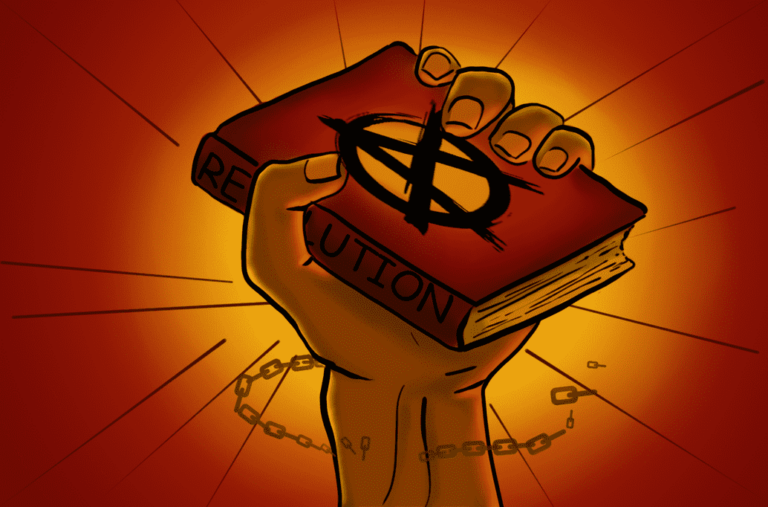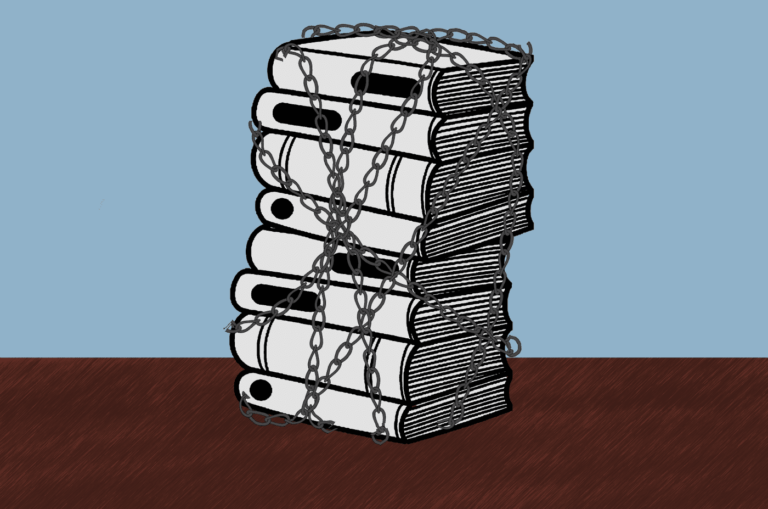Op-Ed Crafting: The Imperative for Sociologists to Contribute
I have completed my post-graduation in Sociology from South Asian University, New Delhi in 2022, and have been working as a Research Assistant (2023–2025) in an ICSSR-funded research project at the Department of History, Banaras Hindu University, Varanasi. My writings spans book reviews which have appeared in Religion, Contemporary South Asia (Routledge), LSE Review of Books, the International Institute for Asian Studies (University of Leiden), Doing Sociology, and commentaries in Asian Confluence and Armchair Journal.
In the ever-evolving landscape of journalism, there exists a compelling avenue for us – budding sociologists – to make our voices heard beyond the confines of news bulletins. It’s called the “op-ed,” a term derived from “opposing editorial,” where opinions reign supreme over mere news recitals. Think of it as a chance to be the protagonist of a narrative, introducing fresh perspectives that challenge mainstream notions. As we delve into the world of op-eds, we realize that this platform is tailor-made for us to contribute distinctively, to ignite conversations, and to inspire change.
Before we embark on this journey, let’s break down the basics. An op-ed isn’t your regular news piece; it’s a space to flex your opinions. It’s your take on the matter, an original perspective that you’re not likely to find on the front pages. The word limit is typically around 500 to 800 words, a canvas where brevity meets impact. But wait, don’t confuse it with a “letter to the editor,” which is shorter but still wields influence.
Now, what’s the secret sauce to a killer op-ed? It’s all about that one strong argument. You need to have a point, a punch, a thought that’ll linger in the reader’s mind long after they’ve put down the piece. Picture it as a concise, yet eloquent, manifesto. And don’t worry about fitting in – op-eds thrive on standing out.
Let’s peek at the playbook of experienced op-ed writers – publications like The UK Guardian, Washington Post, and New York Times. These are the playing fields where you’ll see ideas dance, perspectives jive, and viewpoints mesmerize. Dive into their op-eds to get a taste of the style, the rhythm, the art that makes readers sit up and listen.
In an interview conducted by John Wihbey on December 7, 2011, at Shorenstein Center on Media, Politics and Public Policy at Harvard Kennedy School, the limelight was on how sociologists and journalists share common ground. Imagine a dialogue between these two realms, where lessons flow in both directions. Nicholas Lemann, a seasoned writer and former Dean of Columbia Journalism School, hit the nail on the head. He outlined what journalists can learn from us sociologists, and it’s pretty darn interesting:
Mastering Literature Reviews
Remember those days when we sifted through reams of research? Well, that skill translates beautifully here. We’re champions at grasping the lay of the land, recognizing the contours of debates, and knowing what’s known and what’s still a mystery.
Spotting Patterns and Structures
Sociologists have a knack for unearthing societal patterns that stretch beyond individual actions. Our superpower lies in understanding the bigger picture, the invisible threads that hold societies together.
Embracing the Power of Anonymity
Ever thought about the might of anonymity? Turns out, we’re quite good at it. By steering clear of names, we divert the focus from individuals to the intricate structures that govern societies.
Telling Tales with Data
Numbers might not be everyone’s cup of tea, but they’re ours. We weave stories with data, backing up arguments with hard evidence.
Adding depth to the discussion is Sarah Garland, an executive editor at Hechinger Report. Her insights are woven into the article’s narrative to enhance the understanding of how sociologists can effectively use op-eds to contribute to important societal conversations and promote change.
Building Bridges
Instead of self-promotional purposes, let’s become friends with journalists. This friendship isn’t just about two professions; it’s about sharing what we know about local problems and learning from them too. It’s like a two-way street where both sides can learn from each other vis à vis effective communication of journalistic dissemination of information.
Opening the Lab Doors
Imagine our research is like a magic show, and journalists are the audience. Instead of keeping our research secret, we should let them see how it all works. For varying situations and problems how a suitable and effective methodology is developed, how data is captured through numerous ways, and the underlying advantages and limitations of these methods and tools. We’ll explain the tricks behind the magic tricks, so they understand it better.
Laying the Data Cards
Trust is really important, especially when we use data to prove our points. Sometimes, data isn’t perfect, and that’s okay. By admitting when data has problems or limits, we actually make it more trustworthy. Being honest about data’s imperfections helps people trust us and our research more.
Mastering proficient op-ed writing follows a pattern, much like our research journeys. The first step is narrowing down the focus, like how you zoom in on a particular facet of your study. Once you’ve got that, a rough outline and a catchy “lead” – a captivating opening – help you map the remaining course.
Here comes the real essence of “Research”. Know your stuff inside out. Understand the publication’s vibe, its word limits, and the kind of readers it attracts. Think of it as immersing yourself in a new field of study – you’ve got to know the terrain before you set foot on it.
Writing an op-ed is a bit like creating a short and clear argument. It’s an art of making complex ideas simple without making them too basic. Editing is your best friend during this process. It’s like giving your paper a final polish before you turn it in. But remember, don’t rush it; let your op-ed sit for a while before making those final adjustments.
Now, coming to the title – it’s like picking a name for your research that perfectly captures what it’s all about. And don’t forget, you’re not alone in this. Sometimes, having someone else look at your work can help catch things you might have missed.
Submitting your op-ed is like handing in your manuscript in an academic journal. It’s a mix of excitement and nervousness. Rejections can be disappointing, but they’re a normal part of the process. Think of them as opportunities to improve, just like when you’re asked to revise and resubmit your work in the world of op-eds.
Op-eds aren’t just words on paper; they’re catalysts for change. They’re discussions in the classroom, dialogues over coffee, and sparks for societal shifts. So, sociologists, let’s grab our pens and reshape narratives, spark conversations, and carve pathways toward a more enlightened world. With every op-ed we pen, we create ripples of thought that extend beyond ink and paper.
To bring to a close, understanding the nuances of crafting a quality op-ed, from the power of a strong argument to the art of storytelling with data, can benefit anyone seeking to contribute meaningfully to public discourse. Whether you’re a sociologist, journalist, or simply an individual with a message to share, these insights into the world of op-eds can empower you to communicate your ideas effectively. By embracing these techniques, we can collectively elevate the quality of op-eds, fostering a richer, more informed public dialogue.
Featured Image Credits: Southern Coalition for Social Justice









very well framed